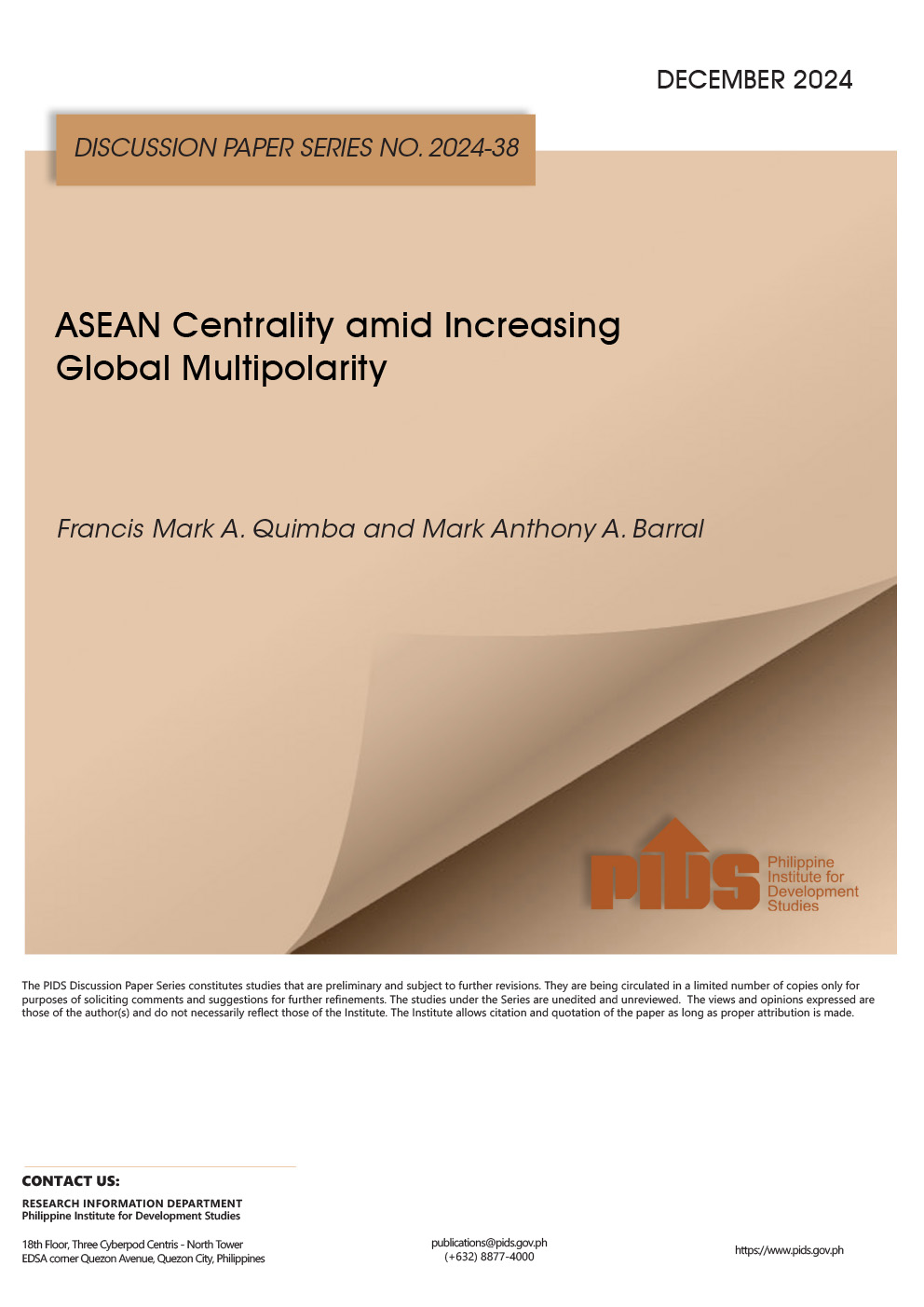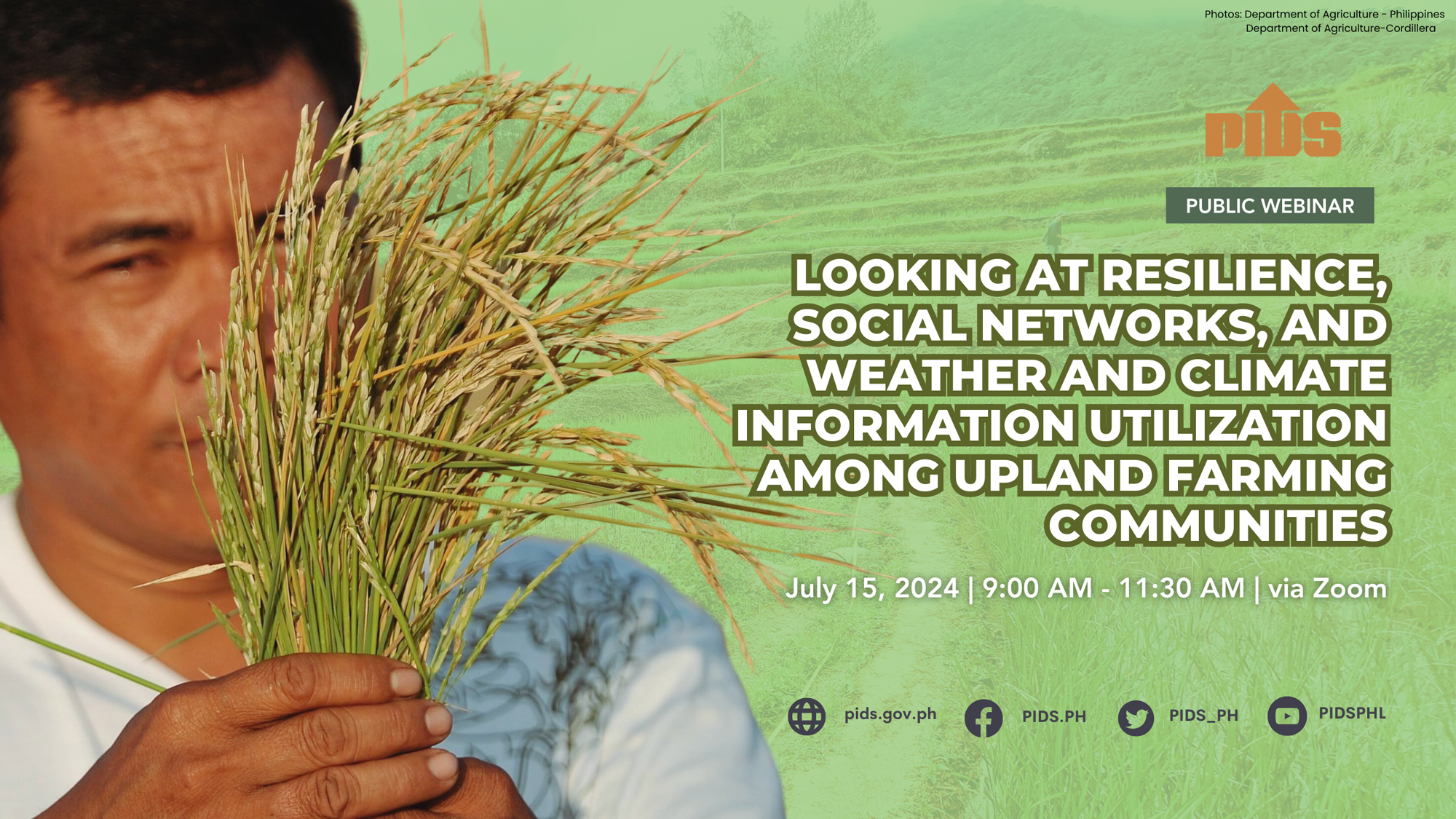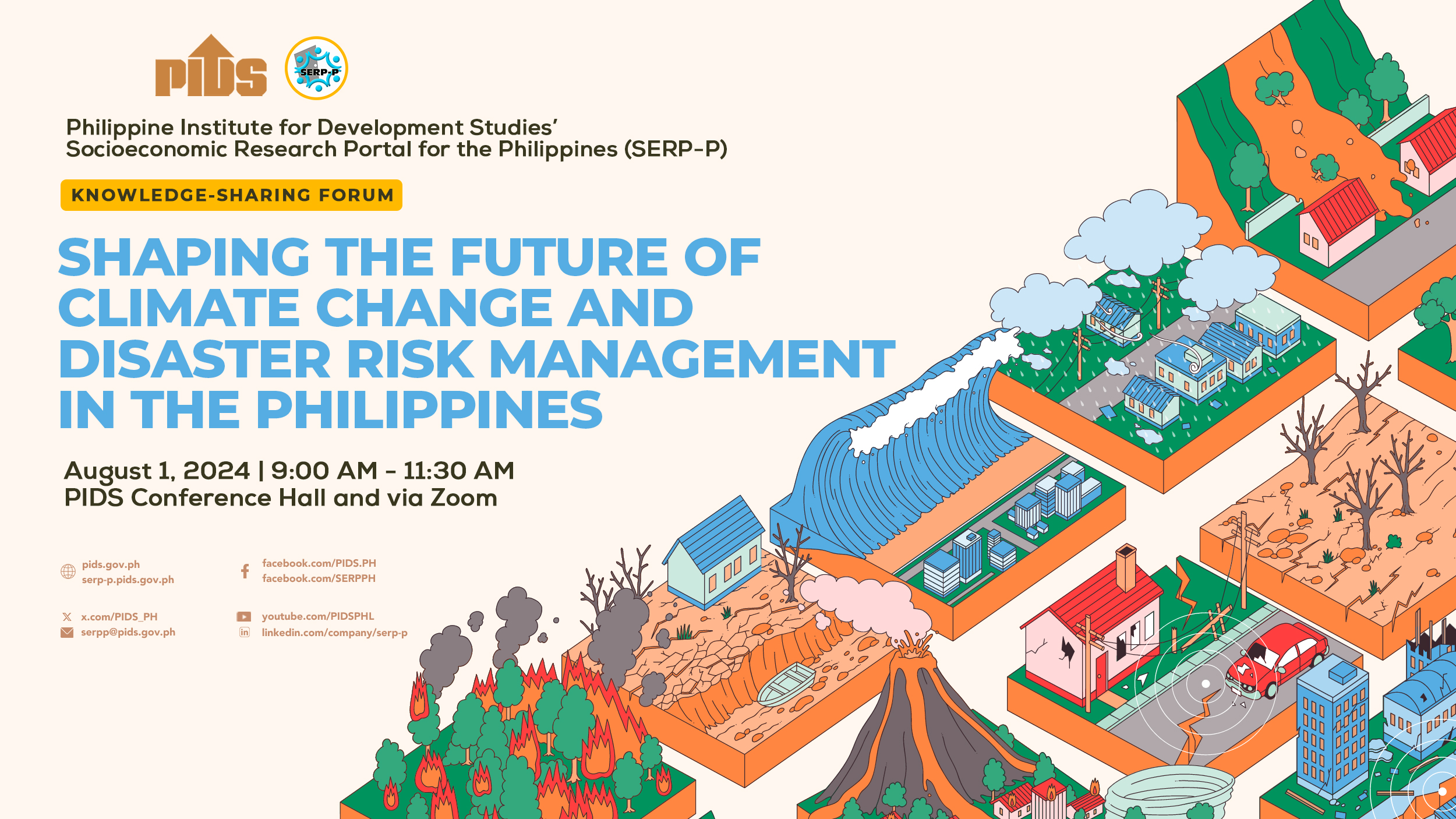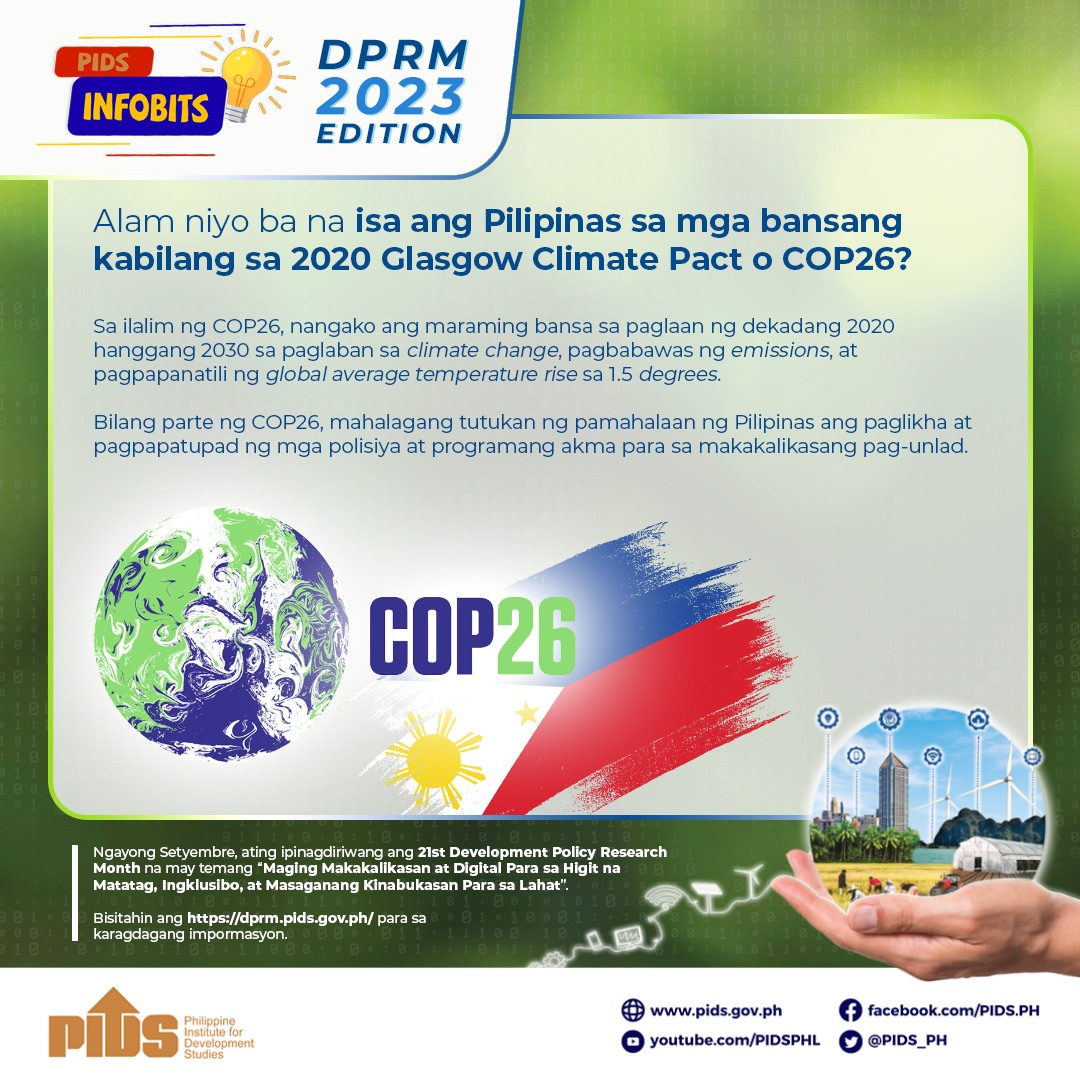BASED on the performance of the country’s agriculture sector in recent years, it appears that the Philippines remains unable to find a way to increase farm output amid the onslaught of extreme weather events. Economic Planning Secretary Arsenio M. Balisacan, for one, said natural disasters made it "challenging” for the Aquino administration to achieve its production targets for the agriculture and fisheries sector.
According to data from the Philippine Statistics Authority (PSA), the output of the farm sector from 2011 to 2014 failed to hit the government’s original target of increasing output by 3 percent to 5 percent under its economic blueprint, dubbed as the Philippine Development Plan (PDP). Among all economic sectors, the agriculture and fisheries sector could be considered a laggard.
In 2011 farm-sector output managed to grow by only 2.34 percent. While major crops, such as rice, recorded hikes in output, the PSA noted that coconut, coffee, mango, camote and cabbage production declined.
"Trees in most coconut-producing provinces were still affected by the long dry spell brought by El Niño in 2010. Frequent rains also adversely affected coffee production,” the PSA report read.
The PSA said frequent rains caused by typhoons and La Niña also made it difficult for producers of garlic, cabbage and mango to grow their crops. Rough seas and strong winds, the PSA said, also made it difficult for commercial fishermen to venture out to sea. This caused the output of the fisheries subsector to go down by 4.07 percent in 2011.
The farm sector fared a little better in 2012, as it grew by 2.92 percent on the back of a 4-percent increase in crop production. The PSA report indicated that the absence of major weather disturbances helped farmers prop up output that year.
However, frequent rains in some part of the countries made it difficult for growers of mangoes and vegetables to plant their crops. The output of mango, peanuts, abaca, onion and calamansi suffered in 2012 due to frequent rainfall.
Because of Supertyphoon Yo¬lan¬da (international code name Haiyan), agriculture growth slowed in 2013, according to PSA data. Farm-sector output grew by only 1.15 percent that year.
PSA data showed that the production of major cash crops, such as corn, sugarcane, coconut, banana, abaca and pineapple, declined in 2013. The coconut sector suffered the brunt of Yolanda, as the deadliest storm to make landfall that year wreaked havoc on coconut-growing areas in the Visayas.
The lingering effects of Yolanda made it difficult for the local farm sector to expand output in 2014. PSA data showed that last year, the output of the agriculture sector rose by only 1.83 percent.
"Production of coconut continued its downtrend with a 3.95-percent reduction [in 2014]. Coconut farms in Eastern Visayas and Western Visayas were still reeling from the ill effects of Yolanda last year,” the PSA report read.
"In the Bicol region coconut farms were severely damaged by Typhoon Glenda [international code name Rammasun] in the third quarter of the year. In addition, fewer nuts were developed in Zamboanga del Sur and Zamboanga del Norte due to extreme heat during the crop’s fruit development,” it added.
Changing weather patterns also affected the fisheries subsector last year. Its output contracted by 0.15 percent due to lower milkfish, tilapia, tiger prawn, roundscad and seaweed production.
The PSA said milkfish production declined, as Samar operators lacked capital and fishponds overflowed due to typhoons. Production of tilapia was also lower last year as Typhoon Glenda damaged fish pens and cages in Calabarzon, prompting some operators to stop operations last year. The increase in water temperature, as well as the monsoon rains in some areas, caused the production of tiger prawns and roundscad to decline.
The El Niño threatens to again make it difficult for the farm sector to grow beyond 2 percent this year. The latest data from the PSA showed that the agriculture sector’s output managed to grow by only 0.73 percent in the second quarter of 2015.
Government priorities
Figures from the Department of Agriculture (DA) showed that it received a total of P339 billion from 2011 to 2015–the highest budget it has been allocated in a span of five years. Agriculture Secretary Proceso J. Alcala said the amount corresponds to the combined budget of the department during the time of former Presidents Fidel V. Ramos, Joseph Estrada and Gloria Macapagal-Arroyo.
For 2015, the DA was allocated a budget of P89.2 billion, 11.4 percent higher than what it obtained last year. The amount was the biggest obtained by the DA so far.
Agriculture Undersecretary Segfredo R. Serrano said the Aquino administration should be given credit for giving the sector a considerable budget for five consecutive years. Serrano said this practically allowed the DA to fully implement its programs aimed at increasing the output of the agriculture and fisheries sector.
Dr. Roehlano Briones, senior fellow at the Philippine Institute for Development Studies (PIDS), noted that government spending for agriculture "heavily favored” the rice sector. From 2006 to 2009 Briones said the Philippines spent P6.7 billion a year for its rice policies.
This amount increased three-fold to P20.17 billion a year from 2010 to 2012, following the Aquino administration’s rollout of its Food Staple Sufficiency Program (FSSP). Of the DA’s annual budget in those years, about a third went to the rice sector.
Briones said the cost took into account the price difference between locally grown and imported rice. In 2012 he noted that the average price of local rice was about 50 percent more expensive than Vietnamese rice. The National Food Authority’s practice of buying high from local farmers and selling it low to consumers also propped up the cost incurred by the government.
Government spending for the rice sector included allocations for the rehabilitation and construction of new irrigation facilities. This year alone, the National Irrigation Administration (NIA) has been given an allocation of P27 billion to fund all its projects.
Despite the billions of pesos poured into its irrigation program, the NIA said some 2.4 million hectares of farm lands continue to rely on rain for irrigation. The agency said this figure represents 43 percent of total arable lands in the country.
Dr. Rolando Dy, executive director of the University of Asia and the Pacific’s Center for Food and Agribusiness, said the inability of the government to diversify agriculture production contributed to its failure to hit its growth targets for the sector.
"We [did] not invest in crops with better returns. [The government] should have focused on other crops such as coconut, cacao, coffee, seaweeds and rubber. Dapat sana balanced ang agriculture natin,” Dy said.
Aurora Regalado, convenor of non-governmental organization Rice Watch and Action Network (R1), said the government failed in meeting its production targets because its interventions have been "remiss” in some aspects. Regalado cited in particular the failure of these interventions to improve farmers’ income and livelihood.
"We have proven from our experience following the rice crisis in 2008 that production will increase once the farmers saw this as a viable endeavor for higher income,” Regalado said.
She said that the increase in palay support price from P11 to P17 per kilo was one of the major interventions that allowed rice farmers to earn, adding that "some economists opposed to stronger government intervention warned this will drive the prices of rice in the market and will not be politically acceptable.”
This apprehension, however, did not come to pass. R1 also noted that despite the advocacy of some economic experts to increase rice imports to bring down prices, the purchase of imported rice did not result in lower prices for consumers.
Apart from these interventions, Regalado said the government must train farmers in using the appropriate technology to withstand climate hazards, such as typhoons, floods, drought and pests. She said the government must also expand its crop insurance and credit support to help farmers increase their incomes.
Climate-proofing agriculture
It was only in January 2013 when the DA mainstreamed climate change in its programs, plans and budget. This was contained in a memorandum signed by Alcala.
The memorandum created the Adaptation and Mitigation Initiative in Agriculture (AMIA), as the main component of the DA’s resilient agriculture, including the approval of seven System-Wide Programs to mainstream climate change. It also created the DA Systems-Wide Climate Change Office under the Office of the Undersecretary for Policy and Planning, to serve as the oversight body for AMIA.
Alcala said the "relatively late” mainstreaming of the climate resiliency in the agricultural sector is "understandable,” considering that a more precise mapping of the entire agricultural outlay became possible only after Nationwide
Operational Assessment of Hazards of the Department of Science and Technology released its first three-dimensional maps. The maps detailed flood-prone areas and major river systems and watersheds in the country.
Under climate resiliency, the DA’s insurance program, particularly premium subsidy, covered the 1 million marginal farmers and fishermen listed in the Registry System for Basic Sector in Agriculture. The registration was also concluded last year. The coverage includes palay, corn, high-value crops, livestock, noncrop insurance and fisheries.
Agriculture and rural poor
Balisacan said growing agriculture production by 3 percent to 4 percent in the medium term would have boosted efforts of the government to significantly cut the number of poor Filipinos in rural areas. He said this would increase the incomes of millions of Filipinos working in the sector. Collectively, workers in the farm sector account for one-third of the country’s labor force.
"If agriculture can grow at 3 [percent] to 4 percent, this is about the average for the world, we should be able to substantially reduce poverty. As you’ve seen earlier, our growth in the agricultural sector was only 1.7 percent yearly for the last five years. That’s too low,” he said.
Data from the PSA showed that fishermen, farmers and children consistently posted the highest poverty incidence among the nine basic sectors in the Philippines in 2012 at 39.2 percent, 38.3 percent and 35.2 percent, respectively.
Also, five of the nine basic sectors, consisting of fishermen, farmers, children, self-employed, unpaid family workers and women, have higher poverty incidence than the general population estimated at 25.2 percent in 2012.
PSA data showed that the average age of Filipino farmers is 57 years. Their annual income, according to official data, is pegged at only P23,000, which is lower than the average monthly salary of an office manager working in Makati City.//
Farm sector’s riddle: How to grow output amid climate change












